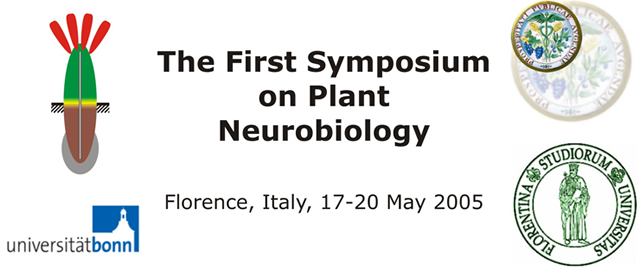|
Polar signals in plant vascular tissue development |
| |
|
Enrico Scarpella1,Wenzislava
Ckurshumova, Naden Krogan, Danielle Marcos, Philip Francis, Thomas Berleth* |
Dept. of
Botany, University of Toronto , 25 Willcocks Street , Toronto M5S 3B2, Canada
1 Present address:
Department of Biological Sciences, University of Alberta , Edmonton , AB
Canada |
| *email:
berleth@botany.utoronto.ca
|
| |
Polar signals have long been implicated in vascular tissue pattern
formation (summarized in 1). To better understand the molecular cues directing the patterned differentiation
of vascular tissues we have adopted a number of strategies for the identification and functional
characterization of genes preferentially expressed at early stages of vascular development.
Several of
these approaches are based on the observations that auxin signaling through the Auxin Response Factor (ARF) MP
is critical for vascular differentiation in Arabidopsis and that vascular patterning depends on
proper auxin transport at critical stages of organ development (1, 2). At least one other ARF acts redundantly
in auxin signaling in vascular development and at least one Aux/IAA co-regulator functions as an in
planta antagonist in this process (3). Auxin response maxima foreshadow sites of procambial
differentiation (4) and other early markers indicate a polar mode of preprocambial cell fate acquisition (5).
We report experiments addressing the acquisition of cell polarity during early stages of procambium formation
and strategies towards the identification of signal transduction genes expressed at these early stages .
Finally, further early vascular genes are identified in a collection of indirect enhancer-trap lines, which
also served as genetic backgrounds in the search for mutants with abnormal preprocambial patterns.
- Sachs, Adv. Bot. Res. 9, 152-262 (1981)
- Hardtke & Berleth.
Embo J 17, 1405-1411 (1998).
- Mattsson et al. Development 126, 2979-2991 (1999).
- Hardtke et al., Development 131, 1089-1100 (2004)
- Mattsson et al.
Plant Phys. 131, 1327-1339 (2003).
- Scarpella et al, Development 131, 3445-3455 (2004)
|

